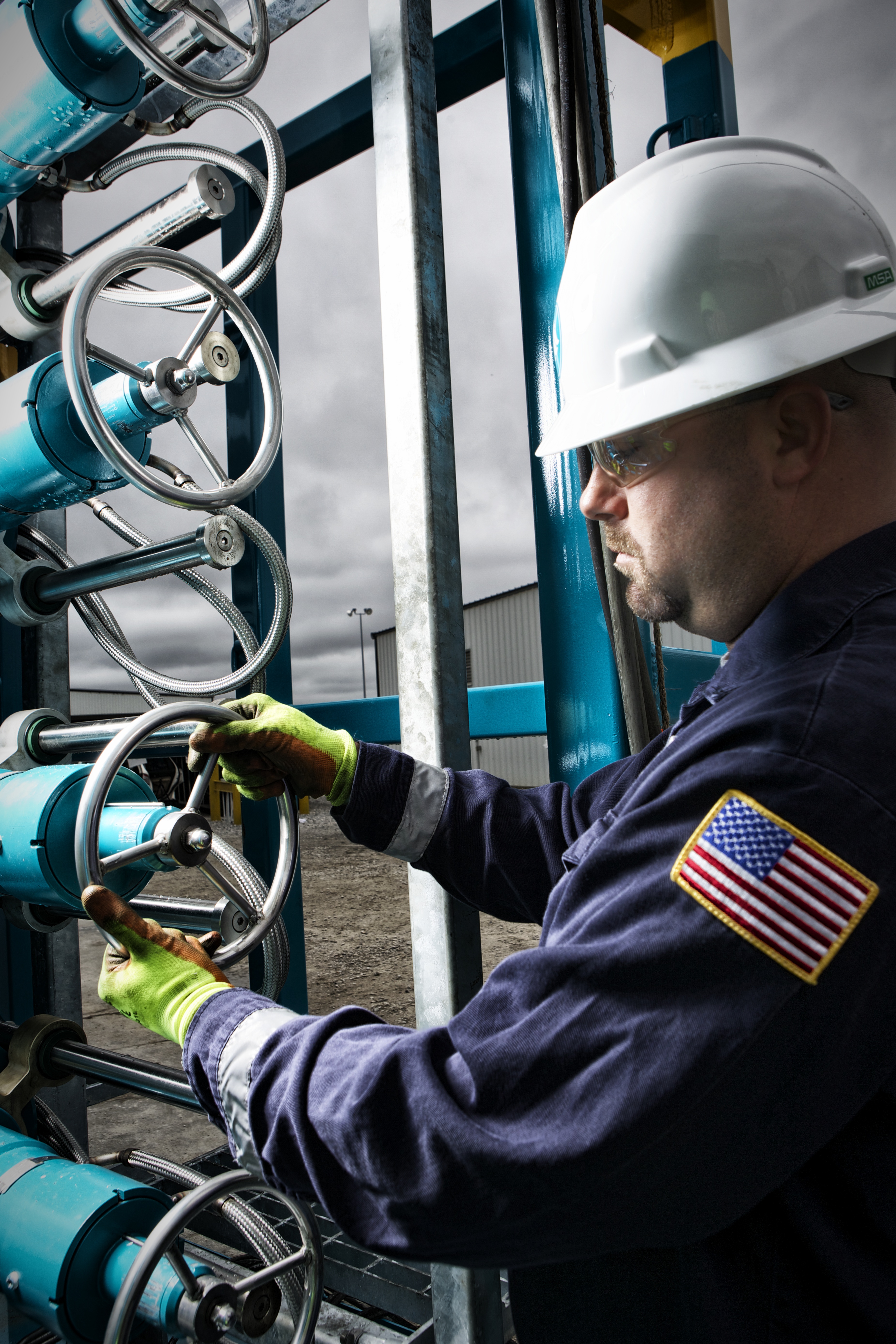In order to optimise asset development, the client partnered with Expro to undertake a research and development project with the toe and heel sections of a well completed differently to compare completion efficiency and production, in turn adding value to their decision making on future wells
In order to optimise the research and development opportunity, the team maximised the opportunity by simulating various scenarios in the wells
With a plug and perforation system in place in the upper portion; and a sliding sleeve system in the lower section of the well - the objective was to establish which was more efficient
Expro were tasked with finding an effective solution to compare the two profiles - previously undertaken on two separate wells, but never in one well
Initial PLT run was contaminated by unexpected cementation slurry encountered in the well bore from a mortar fracture, which coated the logging tools (an experimental mortar type, not previously used) - Expro recommended a jetted nozzle, with a junk basket, for clean out followed by flowing the well for 24 hours to obtain optimal data results
Expro ran a 24-finger caliper in addition to a multiple array production suite (MAPS) string - saving the client 10 hours
The invasive clean out allowed a second run of a production logging tool (PLT), multi-finger imaging tool (MIT) and radial bond tool (RBT) simultaneously to 16,000 ft on coiled tubing saving the client 18 hours. whilst collating essential data
The RBT identified the experimental mortar provided zonal isolation behind the casing
E-coil was then prepared for the MAPS string, running in full 4.5" casing from surface, which confirmed inconsistent flow in the well - working with the client, the team advised opening the well from a 12 choke (through 16 and 20) up to 24 choke over the course of 16 hours, allowing logging operations to be optimised
The Expro team's expertise was fundamental to the success of the PLT - "the project had numerous changes through the planning phase... the team were extremely knowledgeable and responsive to requests, sharing their thoughts and insights when we were unsure"
The solutions provided enabled consistent flow on the well and complete the research, with more than a day of rig time saved
Successful evaluation of plug perforation versus sliding sleeve completion methods
Established additional clean-up techniques required when using the experimental mortal
Identified higher water cut content than anticipated during production logging operations



